On July 4, 1776 a group of representatives from thirteen British colonies in North America, known collectively as the Continental Congress, met in Philadelphia, Pennsylvania and signed a document which stated that those thirteen colonies were now independent from British rule.
The men who signed this document claimed to represent “the people” from their respective colonies, and they stated that the content of the document was “The unanimous Declaration of the thirteen united States of America,” meaning that the representatives of “the people” from the thirteen colonies all agreed on the content of the document that they signed.
In this document, these representatives stated that they had the right to form a new nation. They listed the many grievances that they had with the British government, and explained that the British monarch had not responded to their requests to alleviate those grievances. They therefore declared that they would separate from Britain and become independent.
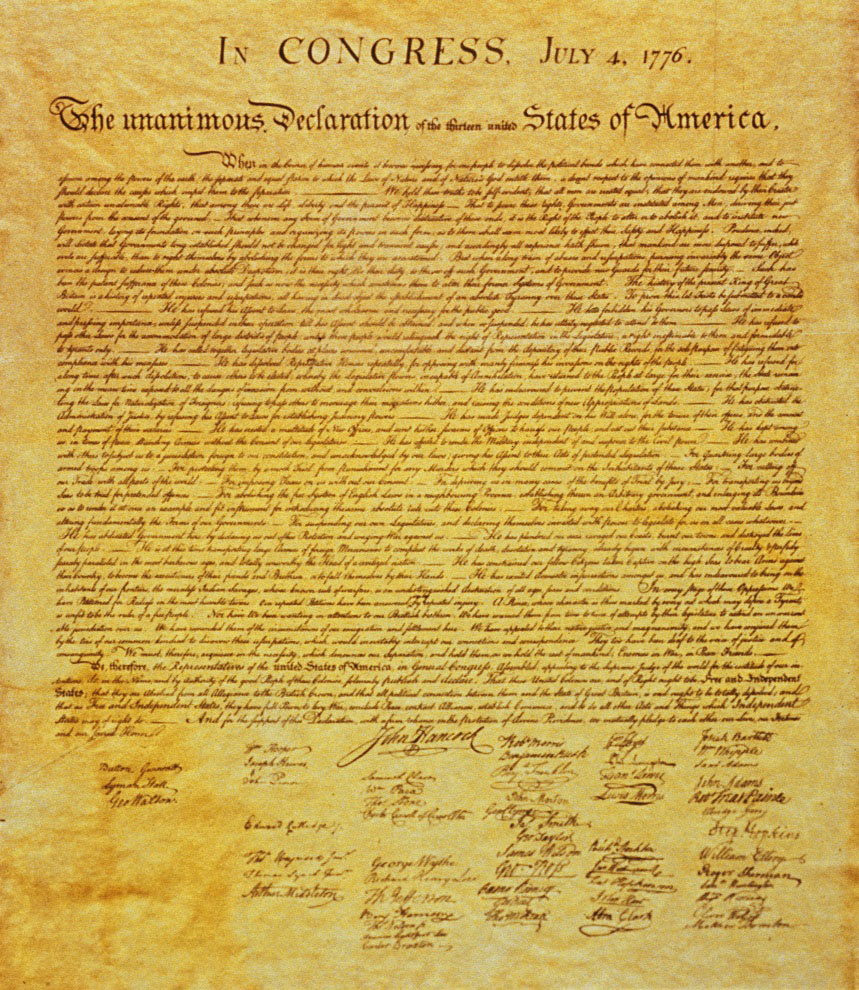
The document that I am referring to here is of course the US Declaration of Independence.
The day after the document was signed, printed copies were made for distribution to newspapers and to foreign governments. I am not sure when the British government received a printed copy of the declaration, but news of the declaration was announced in a London newspaper on August 10, which is extremely fast when you consider that it took weeks for ships to cross the Atlantic Ocean at that time.
So when the thirteen British colonies in North America declared independence, they declared this to “the world.” What is more, they did this as a united group. All of this is evident in the document itself. Let’s take a look.
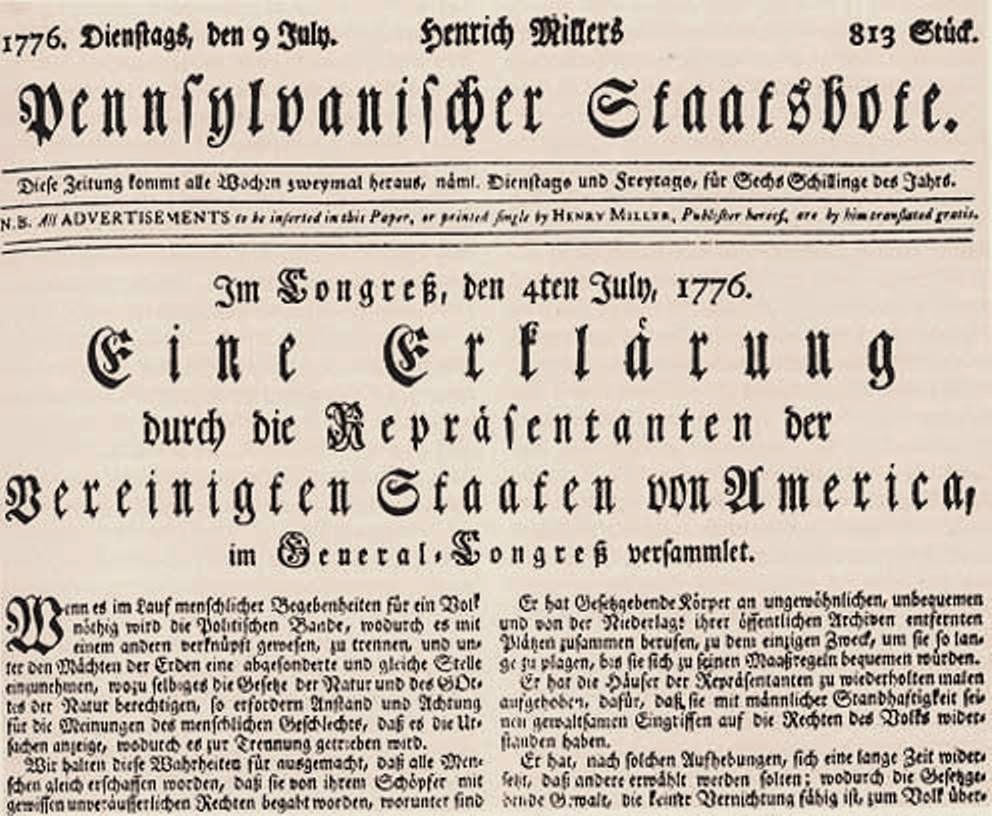
The document states that this is “The unanimous Declaration of the thirteen united States of America,” and throughout the document the pronoun “we” is used.
“We hold these truths to be self-evident. . .”
“. . . We have Petitioned for Redress. . .”
“Nor have We been wanting in attentions to our British brethren.”
“We have warned them. . .”
“We have reminded them. . .”
“We have appealed to. . .”
“We must, therefore. . .”
“We, therefore, the Representatives of the united States of America, in General Congress, Assembled, appealing to the Supreme Judge of the world for the rectitude of our intentions, do, in the Name, and by Authority of the good People of these Colonies, solemnly publish and declare, That these United Colonies are, and of Right ought to be Free and Independent States.”
[Chúng tôi khẳng định một chân lý hiển nhiên rằng. . .
. . . chúng ta đều có kiến nghị yêu cầu bồi thường. . .
Không phải chúng ta không muốn lưu ý các bạn của chúng ta ở nước Anh.
Chúng ta cảnh báo họ. . .
Chúng ta đã nhắc nhở họ. . .
Chúng ta đã dựa vào. . .
Vì vậy, chúng ta, những đại biểu của Hợp Chủng Quốc Hoa Kỳ, dự Đại hội, đã tập hợp lại, yêu cầu các trọng tài tối cao của thế giới hãy công nhận những ý đồ chính đáng của chúng ta trong việc nhân danh và thực thi quyền lực của nhân dân có thiện chí ở các thuộc địa này, trịnh trọng công khai và tuyên bố rằng các thuộc địa liên minh với nhau này đã và có quyền phải là Quốc gia Tự do và Độc lập. . .
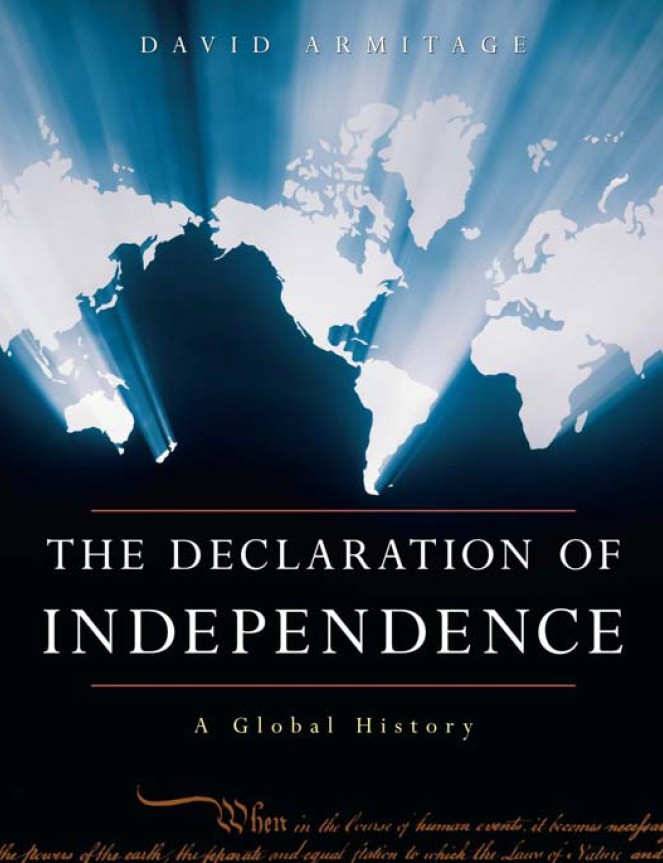
This is a “declaration of independence,” and it was the first “declaration of independence” in world history. Now, as David Armitage noted in his The Declaration of Independence: A Global History (Cambridge: Harvard University Press, 2007), “more than two centuries since 1776, over half the countries in the world have their own declarations of independence.” (3)
He notes further that “Many of these documents drew directly on the American Declaration of Independence for inspiration. They adopted and sometimes adapted specific phrases from the Declaration. More often, they took its structure as a model for their own.” (4)
The Vietnamese Declaration of Independence that Hồ Chí Minh drafted of course cites the American Declaration of Independence, but it also follows the same structure as the American document.
The American Declaration of Independence begins by talking about certain universal principles. It then goes on to list the grievances that the people in the thirteen American colonies had with the British government for having violated those universal principles. This then serves as the justification for seeking independence from British rule, which is what the conclusion of the document discusses.
The Vietnamese Declaration of Independence follows this same structure, and that Hồ Chí Minh employed this structure in the Declaration of Independence that he wrote is not surprising, as many other declarations of independence around the world did the same.
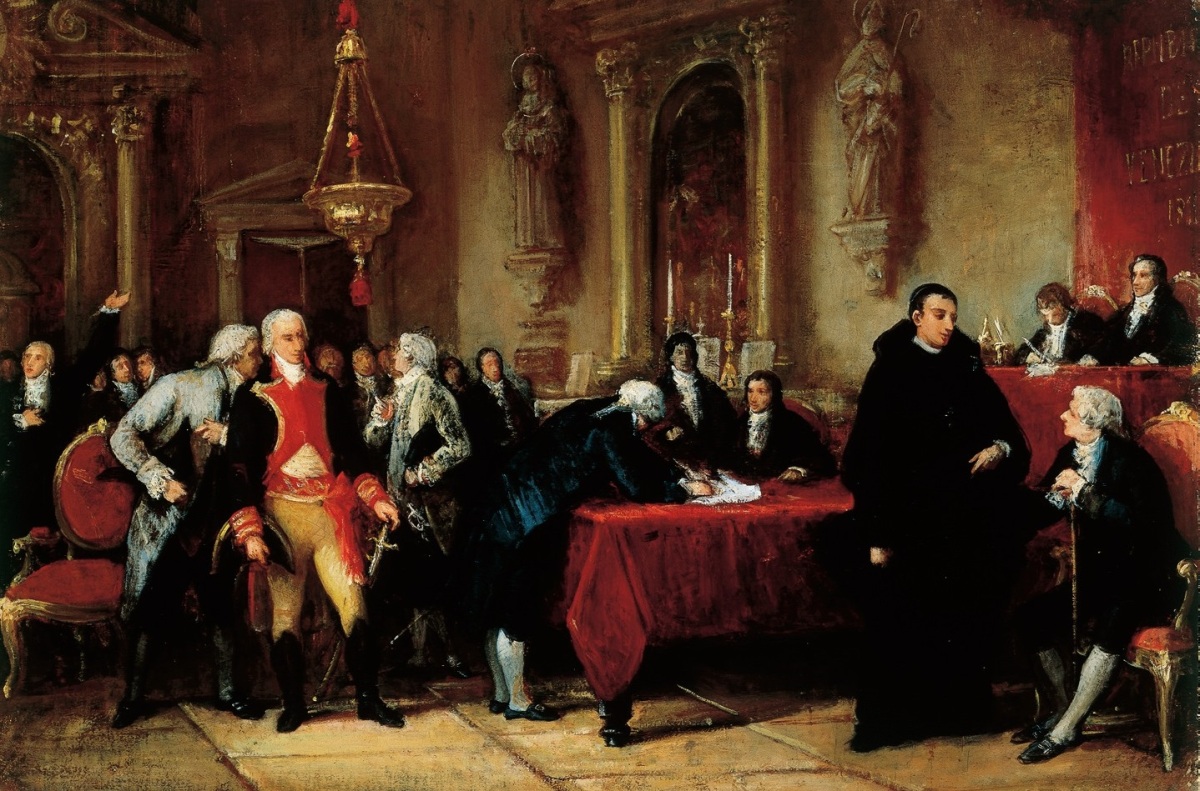
So what was new and/or specific about the American Declaration of Independence? First of all, it claimed to represent “a people” (rather than just a small segment of society, like the wealthy or the powerful or the monarchy), and was drafted by people who claimed to be representatives of those people.
In other words, it is a document that is stated from the perspective of “we/us” (chúng ta).
How does the 1811 “Venezuelan Declaration of Independence” begin? “We, the Representatives of the united Provinces of Caracas, Cuamana, Varinas. . .in Congress assembled. . .”
How does the 1847 “A Declaration of Independence by the Representatives of the People of the Commonwealth of Liberia” begin? “We the representatives of the people of the Commonwealth of Liberia, in Convention assembled. . .”
What does the 1918 “Declaration of Independence of the Czechoslovak Nation” say? “We, the Czechoslovak National Council, recognized by Allied and American Governments as the Provisional Government of the Czechoslovak State and Nation. . .”
The list goes on and on and on. These are all documents that were created by groups of people who claimed to be “representatives of the people” and who used that status to legitimate what they were declaring.

What else was new/specific about the American Declaration of Independence? It was a document which claim to justify the right of part of an empire (the thirteen American colonies of the British empire) to break away from that empire (the British empire) and then to exist alongside that empire as an equal.
What is more, this decision was announced not only to the government of the empire, but to all of the other governments of the world in order to seek their approval or recognition of the new status of the thirteen American colonies as the United States of America.
To quote David Armitage again,
“The primary intention behind the [US] Declaration of Independence in 1776 had been to affirm before world opinion the rights of one people organized into thirteen states to enter the international arena on a footing equal to other, similar states. The authors of the Declaration had sought the admission of the United States of America to a pre-existing international order.” (64)
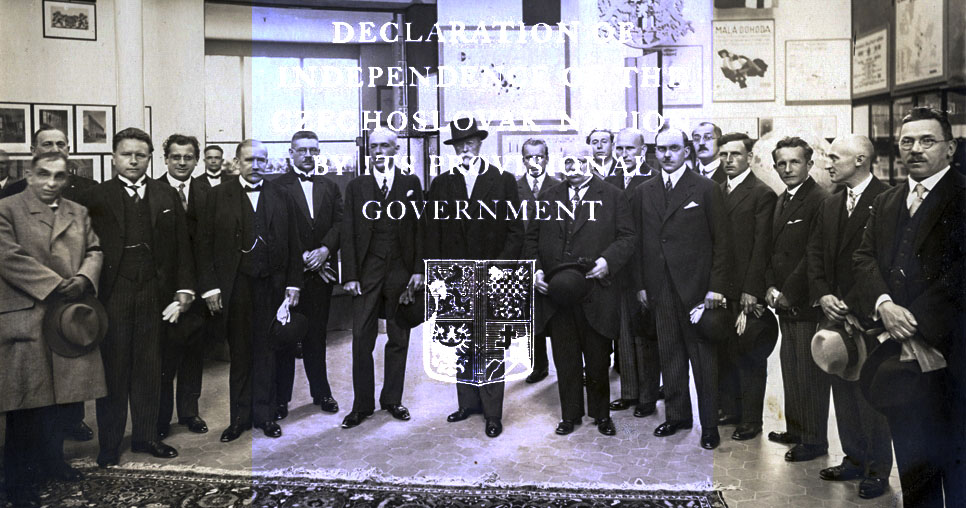
What does the 1811 “Venezuelan Declaration of Independence” say? “Considering, by the reasons thus alleged, that we have satisfied the respect which we owe to the opinions of the human race, and the dignity of other nations, in the number of whom we are about to enter. . .”
What does the 1847 “A Declaration of Independence by the Representatives of the People of the Commonwealth of Liberia” say? “We appeal to the nations of Christiandom, and earnestly and respectfully ask of them, that they will regard us with the sympathy and friendly consideration. . .”
Finally, the 1918 “Declaration of Independence of the Czechoslovak Nation” does not have language like this but it was declared in Paris shortly before “the nations of the world” met together at the Paris Peace Conference following World War I. In other words, it was declared in a way that was meant to let “the world” know.

The declaration of independence that Hồ Chí Minh declared in 1945 fit with this model that the American Declaration of Independence had established. Hồ Chí Minh spoke on behalf of the members of the Provisional Government of the Democratic Republic of Vietnam and the document is expressed from the perspective of “we/us.” The purpose of the declaration was for Vietnam to be able to break away from an empire and enter into a “pre-existing international order” and to be “equal to other, similar states.” Finally, this was announced to the world at large (copies of the Vietnamese declaration of independence were translated into foreign languages and sent to foreign governments around the world, for instance).
To quote:
“Nevertheless, for more than eighty years, the French imperialists, abusing the standard of Liberty, Equality, and Fraternity, have violated our Fatherland and oppressed our fellow citizens. They have acted contrary to the ideals of humanity and justice.
In the field of politics, they have deprived our people of every democratic liberty.”
[Thế mà hơn 80 năm nay, bọn thực dân Pháp lợi dụng lá cờ tự do, bình đẳng, bác ái, đến cướp đất nước ta, áp bức đồng bào ta. Hành động của chúng trái hẳn với nhân đạo và chính nghĩa.
Về chính trị, chúng tuyệt đối không cho nhân dân ta một chút tự do dân chủ nào.”
. . .
“To weaken our race they have forced us to use opium and alcohol.
In the field of economics, they have fleeced our people to the backbone, impoverished our people and devastated our land.”
[Chúng dùng thuốc phiện, rượu cồn để làm cho nòi giống ta suy nhược.
Về kinh tế, chúng bóc lột dân ta đến xương tủy, khiến cho dân ta nghèo nàn, thiếu thốn, nước ta xơ xác, tiêu điều.]
. . .
“We are convinced that the Allied nations, which at Tehran and San Francisco have acknowledged the principles of self-determination and equality of nations, will not refuse to acknowledge the independence of Vietnam.
A people who have courageously opposed French domination for more than eighty years, a people who have fought side by side with the Allies against the fascists during these last years, such a people must be free and independent!
For these reasons, we, the members of the Provisional Government of the Democratic Republic of Vietnam, solemnly declare to the world that:
Vietnam has the right to be a free and independent country—and in fact it is so already. And thus the entire Vietnamese people are determined to mobilize all their physical and mental strength, to sacrifice their lives and property in order to safeguard their independence and liberty.”
[Chúng tôi tin rằng các nước Đồng minh đã công nhận những nguyên tắc dân tộc bình đẳng ở các Hội nghị Têhêrăng và Cựu Kim Sơn, quyết không thể không công nhận quyền độc lập của dân Việt Nam.
Một dân tộc đã gan góc chống ách nô lệ của Pháp hơn 80 năm nay, một dân tộc đã gan góc đứng về phe Đồng Minh chống phát xít mấy năm nay, dân tộc đó phải được tự do!
Vì những lẽ trên, chúng tôi, chính phủ lâm thời của nước Việt Nam Dân chủ Cộng hòa, trịnh trọng tuyên bố với thế giới rằng:
Nước Việt Nam có quyền hưởng tự do và độc lập, và sự thật đã thành một nước tự do độc lập. Toàn thể dân tộc Việt Nam quyết đem tất cả tinh thần và lực lượng, tính mạng và của cải để giữ vững quyền tự do, độc lập ấy.]
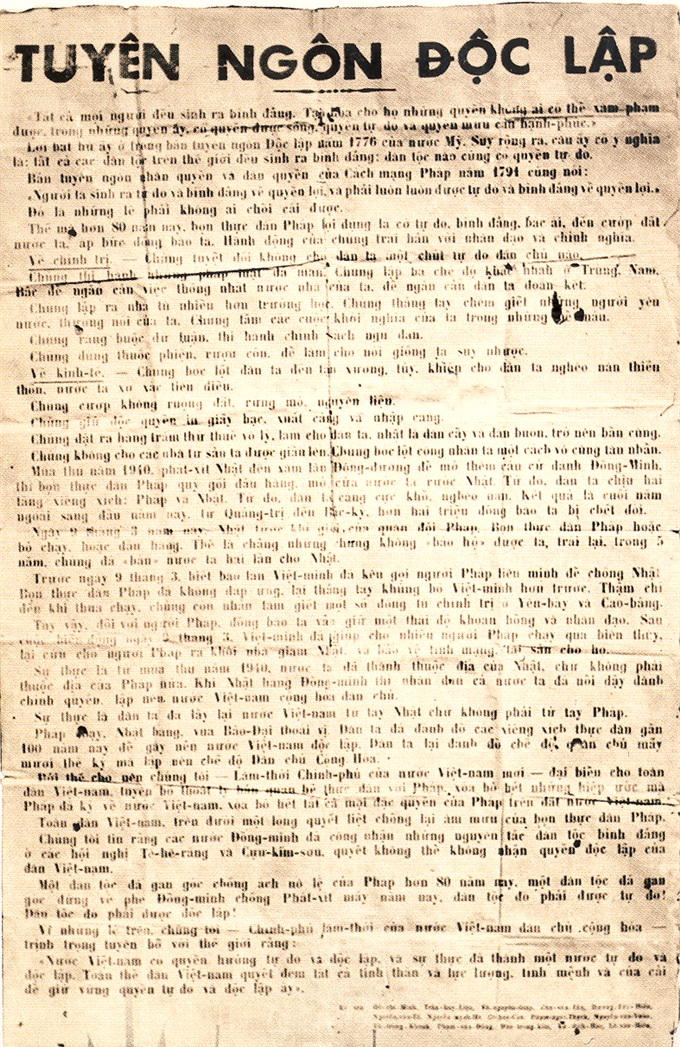
This document is referred to in Vietnamese as a “declaration of independence” (tuyên ngôn độc lập). That term entered Vietnamese though Chinese (獨立宣言) in the twentieth century. That Chinese term, meanwhile, entered Chinese from Japanese as it was a term that Japanese scholars created in the nineteenth century to translate the expression “declaration of independence” that they found in Western texts.
This expression and concept was one that Japanese in the second half of the nineteenth century were unfamiliar with. This is understandable, because never before in that region of the world had any “representatives of the people” ever met and decided to break away from an empire in order to enter “a pre-existing international order” as “equal to other, similar states” by seeking the approval of the other states in that international order.
Indeed, in the second half of the nineteenth century this was something that was still relatively new to world history.
So is the “Bình Ngô đại cáo” a “declaration of independence”? Let’s look at that issue in the next post.


This Post Has One Comment
“Lịch sử Việt Nam có mấy bản tuyên ngôn độc lập?”: https://news.zing.vn/lich-su-viet-nam-co-may-ban-tuyen-ngon-doc-lap-post843481.html Tác giả của bài viết không xem bài thơ hiện thường được gọi là “Nam quốc sơn hà” là một bản tuyên ngôn độc lập nhưng vẫn xem “Bình Ngô đại cáo” là một tuyên ngôn độc lập và còn cho đó là bản tuyên ngôn độc lập đầu tiên trong lịch sử Việt Nam.